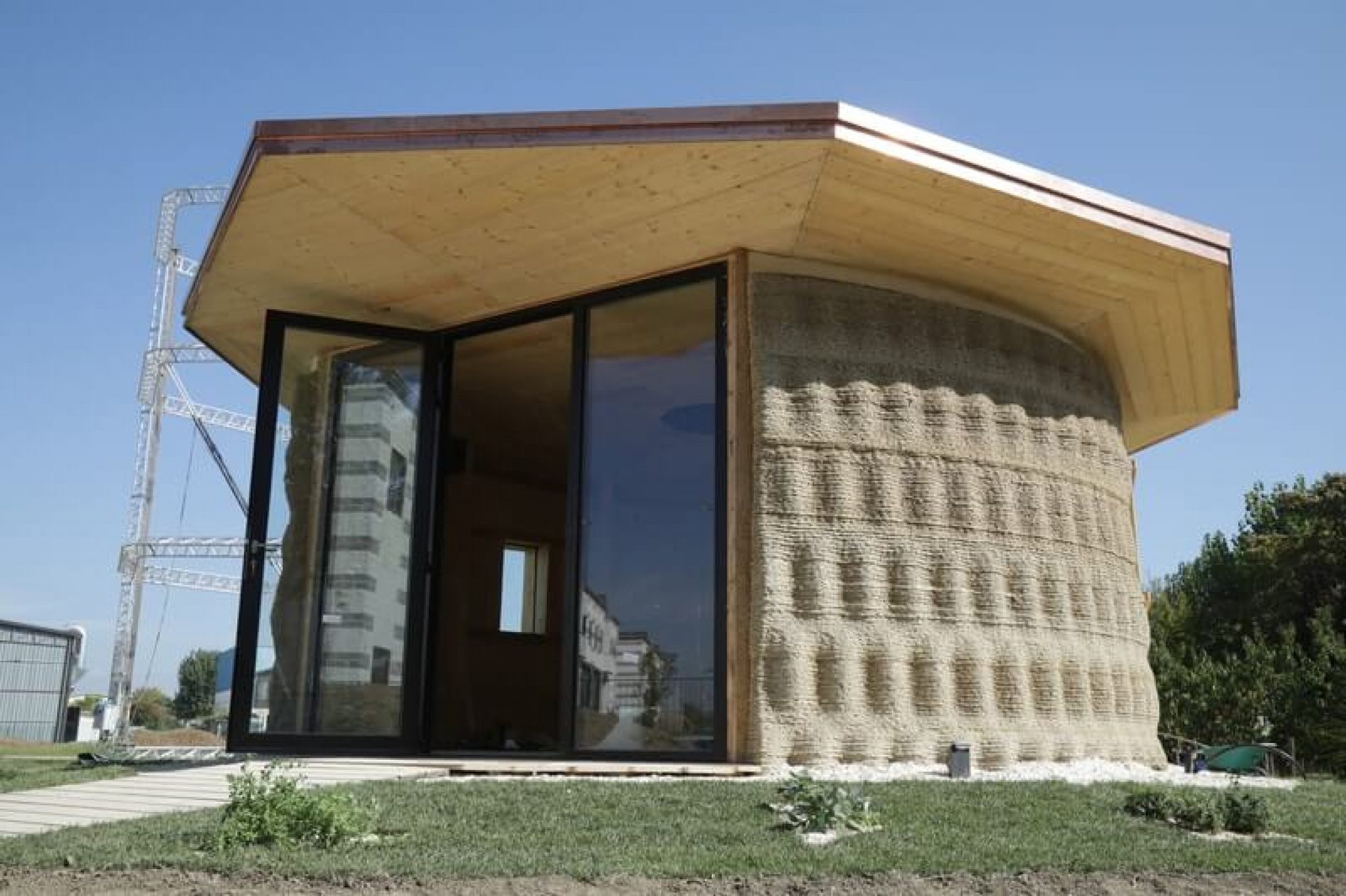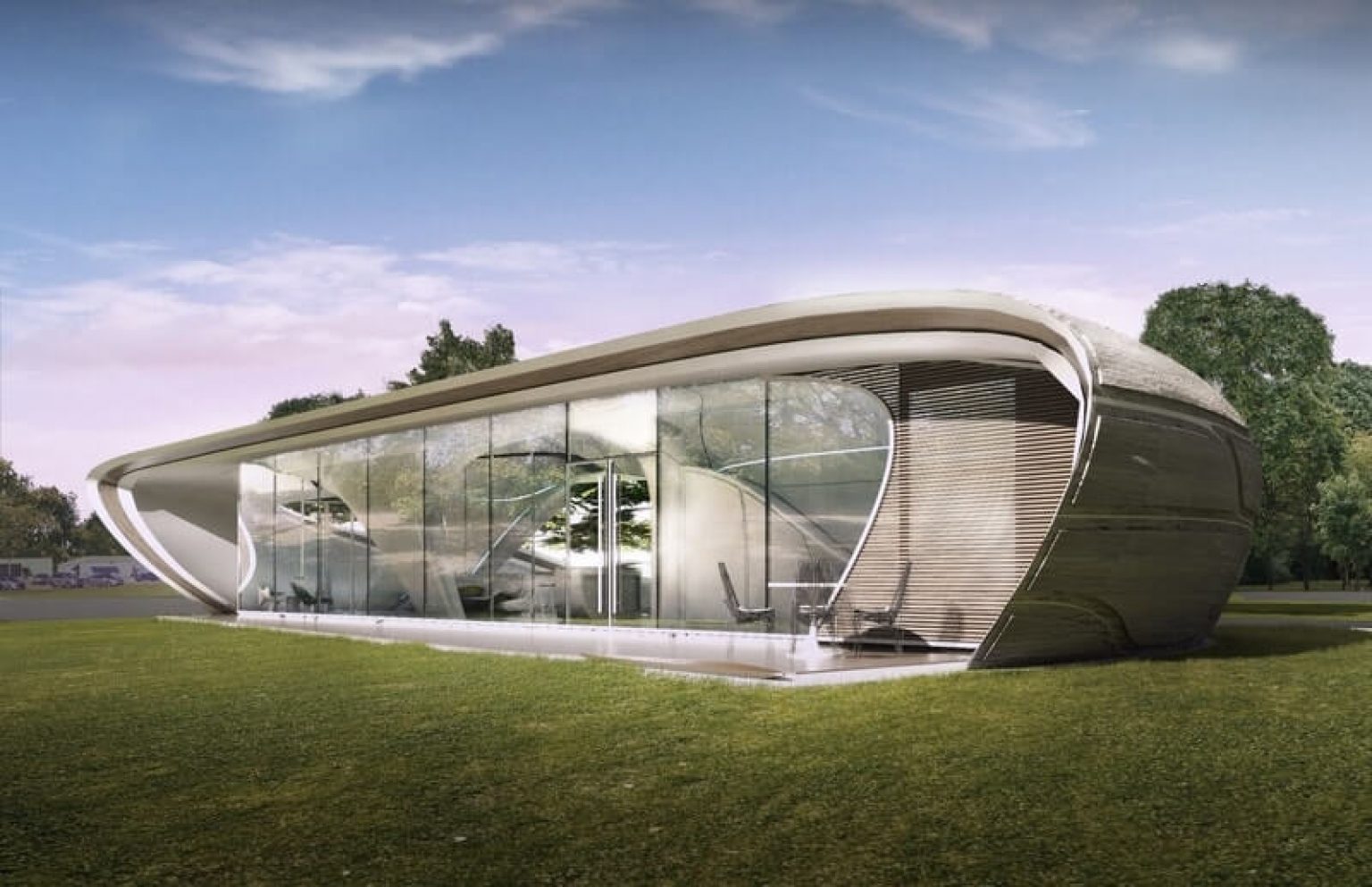In recent years, the construction industry has witnessed a technological revolution with the advent of 3D printing. This innovative approach has sparked a debate about the overall costs of building homes using this method. Are 3D printed houses cheaper to build compared to traditional construction methods? This question has intrigued homeowners, builders, and investors alike, as they seek affordable and sustainable housing solutions. The allure of 3D printing technology lies not only in its potential cost savings but also in its ability to create customized designs rapidly. As the world grapples with housing shortages and rising construction costs, understanding whether 3D printed houses are indeed cheaper could lead to significant changes in how we think about home construction.
Moreover, the environmental impact of traditional building methods has led many to explore alternative options. 3D printing presents an opportunity to minimize waste and use eco-friendly materials. However, it is essential to assess whether these benefits translate into lower overall costs. This article will delve into various aspects of 3D printed houses and their financial implications, helping you determine if they are a viable option for your housing needs.
As we explore the question, "Are 3D printed houses cheaper to build?", we will consider factors such as material costs, labor expenses, and the time required for construction. By examining these elements, we aim to provide a comprehensive understanding of the affordability of 3D printed homes and their potential place in the future of construction.
What Are 3D Printed Houses?
3D printed houses are structures created using additive manufacturing technology, which involves layering materials to build up the home from the ground up. This approach contrasts sharply with traditional construction methods, which typically involve assembling pre-made components on-site. 3D printing can utilize various materials, including concrete, plastics, and even organic compounds, allowing for innovative designs and construction techniques.
How Do 3D Printed Houses Work?
The process of constructing a 3D printed house begins with digital design software that creates a detailed blueprint of the structure. Once the design is finalized, a 3D printer uses materials like concrete or composite to layer the building, often completing a basic structure in just 24 hours. The speed of this method is one of its most significant advantages, potentially reducing labor costs and construction time.
Are 3D Printed Houses Cheaper to Build Than Traditional Homes?
To answer the question, "Are 3D printed houses cheaper to build?", we must consider several factors:
- Material Costs: 3D printing can reduce waste and utilize less material, potentially leading to lower costs.
- Labor Expenses: With fewer workers needed on-site, labor costs may decrease significantly.
- Construction Time: Faster building times can lead to reduced overall project costs.
- Customization: 3D printing allows for unique designs without significant price increases.
What Are the Benefits of 3D Printed Houses?
Aside from potential cost savings, 3D printed houses offer several benefits that could make them an attractive option for homeowners and builders:
- Sustainability: The use of eco-friendly materials and reduced waste contributes to a lower environmental impact.
- Design Flexibility: Homeowners can create highly customized designs that reflect their preferences.
- Rapid Construction: The speed of the building process allows for quicker occupancy.
- Potential for Disaster Relief: 3D printed homes can be constructed quickly in areas affected by natural disasters.
Are There Any Drawbacks to 3D Printed Houses?
Despite the many advantages, there are also challenges associated with 3D printed houses that must be considered:
- Regulatory Hurdles: Building codes and regulations may not yet accommodate 3D printed structures.
- Limited Availability: The technology may not be widely accessible in all regions.
- Durability Concerns: Questions remain regarding the long-term durability of 3D printed materials.
How Does the Cost of 3D Printed Houses Compare Globally?
When examining the cost-effectiveness of 3D printed houses, it is essential to consider the global landscape. In some countries, construction costs are significantly higher, making 3D printing a more attractive option. For instance, in developing nations, where housing shortages are prevalent, the affordability of 3D printed homes could provide a solution to many families.
What Does the Future Hold for 3D Printed Houses?
As technology continues to advance, the future of 3D printed houses looks promising. Innovations are expected to enhance the quality, efficiency, and affordability of these structures. Additionally, as awareness of the benefits of 3D printing grows, more builders may adopt this technology, further driving down costs.
Are 3D Printed Houses Cheaper to Build in the Long Run?
Ultimately, the question remains, "Are 3D printed houses cheaper to build?" While the initial costs may vary based on location and other factors, the long-term benefits of reduced maintenance, energy efficiency, and sustainability could make 3D printed homes a cost-effective solution. As the industry evolves, it is essential for potential homeowners and builders to stay informed about the latest developments and trends in 3D printing technology.
In conclusion, the exploration of whether 3D printed houses are cheaper to build reveals a complex landscape of possibilities. While the advantages of speed, customization, and sustainability are clear, the challenges and uncertainties surrounding this technology must also be acknowledged. As we move forward, the construction industry may witness a transformative shift towards 3D printed homes, providing affordable housing options for many.


